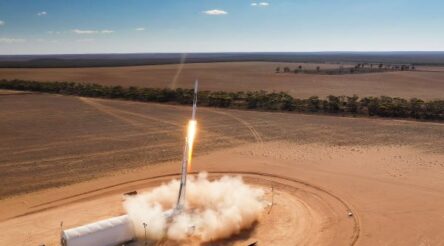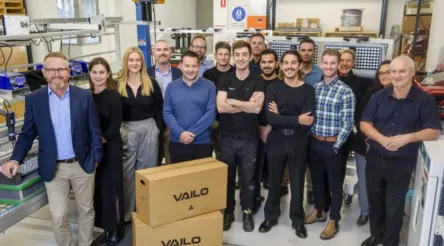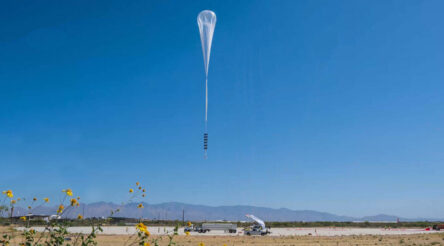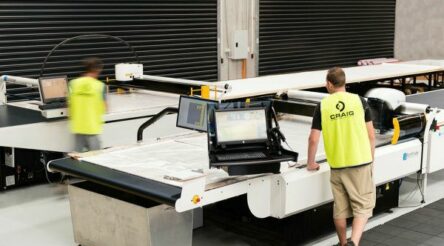Australia’s possible net zero pathways laid out in new modelling
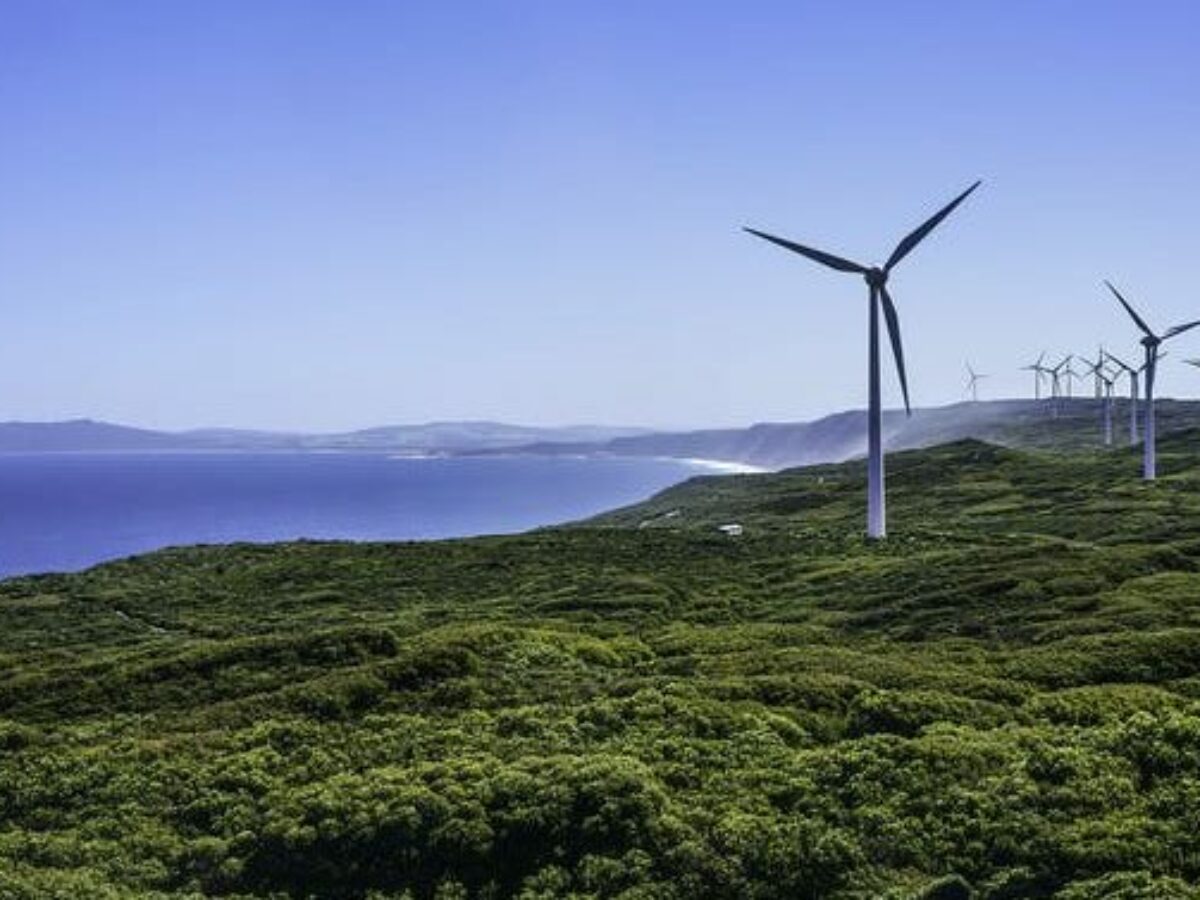
A major analysis of what it will take to decarbonise Australia’s economy highlights the massive scale of investment required in renewables and electrification, and concluded “no role for nuclear energy” unless costs fall sharply.
The Net Zero Australia project is a partnership of The University of Melbourne, The University of Queensland, Princeton University and Nous Group, and began its work in 2021.
It is “funded by gifts and grants from various sponsors”, including Worley, Dow, and the Future Fuels Cooperative Research Centre, and its steering committee was chaired by Emeritus Professor Robin Batterham.
Batterham said its results were “unprecedented in their detail, rigour and transparency”.
According to a statement from UQ on Wednesday, these include:
- The National Electricity Market’s power capacity must be tripled by 2030 to be on track for net zero by 2050;
- There would be “no role for nuclear energy” unless costs fall to around 30 per cent lower than “current international best practice, and renewable energy growth is constrained”;
- Decarbonisation will provide as many as 700,000 direct jobs, mainly in regional and rural Australia, but renewables will need “much more land area than fossil fuels to produce a given amount of energy”; and
- About $7-9 trillion of capital will need to be committed to domestic and export energy and industrial infrastructure by 2060 – up to 6 times the business-as-usual amount.
“Additional investment will be needed by households and businesses, to increase the efficiency of their heaters and vehicles, including by converting to heat pumps and EVs,” said Princeton University’s Dr Chris Greig.
“The annualized costs of that investment in energy production, transport and use has been estimated at 8-9% of GDP to 2050, which is similar to today’s level.”
Director of University of Melbourne’s Melbourne Energy Institute, Professor Michael Brear, said the modelling shows that Australia will need all viable options to transform its energy system at an unprecedented pace and scale.
“Renewables and electrification, supported by a major expansion of transmission lines and storage, are keys to net zero,” Professor Brear said.
“But we will need an all technology, hands on deck approach. That includes a large increase in permanent carbon storage, deep underground and in vegetation, and a doubling of gas-fired power capacity to support renewables and energy storage.”
Net Zero Australia has previously highlighted the incredible scale of projects required to achieve decarbonisation targets, as well as the potential export benefits.
Modelling from the group published last year suggested perhaps half-a-dozen “Tasmania-sized” solar arrays and hydrogen hubs in Australia’s north.
Batterham said today that the aim is “To inform the national debate with better evidence about the diverse preferences of the Australian community.
“This includes reaching net zero with renewables only, or with different mixes of renewables and low-emission uses of fossil fuels, and with different rates of electrification of our energy use. We have even considered whether nuclear energy has a role to play.
“We are not pushing a preferred pathway, rather we are illustrating a range of potential pathways.”
Picture: Getty Images![]()
Further reading
ARENA AND INDUSTRY MAP PATHS TO NET ZERO
Topics Manufacturing News
@aumanufacturing Sections
Analysis and Commentary Awards Defence Manufacturing News Podcast Technology Videos







